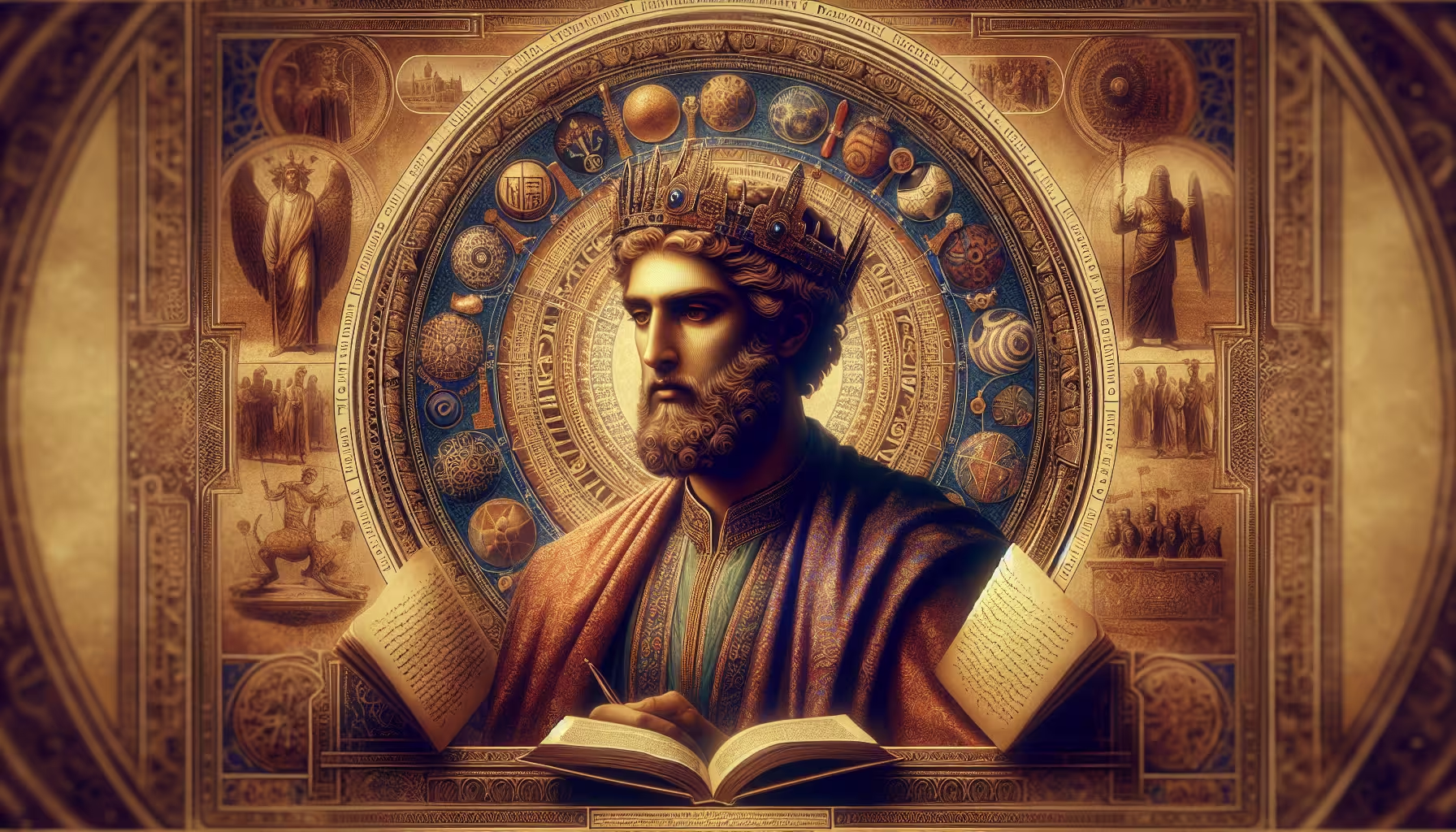
Amenhotep III was a pharaoh of the Eighteenth Dynasty of Egypt who reigned during the 14th century BC. Known for his opulent reign, Amenhotep III received a prestigious education in literature, art, and warfare, making him a well-rounded and knowledgeable ruler. His reign was marked by a thriving cultural and artistic scene, and he commissioned numerous grand construction projects and works of art, including the famous Colossi of Memnon. He is also significant for his diplomatic skill and ability to maintain peace and prosperity throughout his reign. Amenhotep III’s legacy as a legendary figure in Egyptian history is further solid
Introduction
Amenhotep III, also known as Amenhotep the Magnificent, reigned as the ninth pharaoh of the Eighteenth Dynasty of Ancient Egypt during the New Kingdom period. Known for his opulent reign and ambitious building projects, Amenhotep III was also a patron of literature, art, and warfare. During his rule, Egypt experienced a cultural and artistic renaissance, with the pharaoh’s court becoming a center of intellectual and artistic activity. Scholars and scribes were employed to document the pharaoh’s achievements and religious beliefs, as well as to create elaborate works of literature and poetry. Amenhotep III’s interest in art extended to the commissioning of some of the most famous statues and temples in ancient Egyptian history, including the Colossi of Memnon, the Temple of Luxor, and the Temple of Karnak. These magnificent structures still stand as a testament to his legacy and the artistic flourishing of his time. In addition to his support of the arts, Amenhotep III was also a skilled military leader, expanding Egypt’s borders and exerting his influence over neighboring kingdoms, contributing to the empire’s prosperity and stability. Understanding how Amenhotep III’s patronage of literature, art, and warfare shaped the cultural and political landscape of
Amenhotep III, who reigned from 1386-1349 BCE, was educated in literature, art, and warfare, and went on to become one of the most powerful pharaohs of ancient Egypt. His education and upbringing contributed to his successful reign and his patronage of the arts, including the construction of numerous monuments and temples.
The Education of a Future Pharaoh
As a young prince, Amenhotep III received a comprehensive education in literature, art, and warfare. His tutors, chosen from the most learned and skilled individuals in the kingdom, ensured that he was well-versed in the classic texts of Egyptian literature and had a deep understanding of the cultural and religious traditions of his people. Amenhotep III excelled in the arts, showing a particular talent for drawing and sculpture. His education in warfare was just as rigorous, with training in the use of weapons and charioteering, preparing him for the military challenges he would face as pharaoh.
Cultivating a Love for Literature and the Arts
Amenhotep III’s education in literature and the arts played a crucial role in shaping his reign as pharaoh. He was passionate about poetry and music, and he surrounded himself with the most talented artists and musicians of his time. His love for the arts led to the flourishing of a distinctive style of Egyptian art and architecture during his reign, known for its grandeur and elegance. Amenhotep III’s patronage of literature and the arts not only enriched the cultural life of his kingdom but also cemented his legacy as a great patron of the arts.
A Warrior King with a Learned Mind
Amenhotep III’s education in warfare was equally important, as it prepared him for the demanding role of leading his armies in battle. His military training instilled in him the leadership and strategic skills necessary for success on the battlefield, and his experience in combat would shape his approach to governance and diplomacy. Despite his prowess as a warrior king, Amenhotep III always maintained a deep respect for the arts and literature, demonstrating that a great ruler could be both a formidable strategist and a lover of culture and learning.
Did you know that Amenhotep III, the ninth pharaoh of the Eighteenth Dynasty of Egypt, received a well-rounded education in literature, art, and warfare? He was taught by the finest tutors and scholars of his time and became knowledgeable in religious texts, poetry, and administrative skills. In the field of art, he was a patron of the arts and oversaw the construction of numerous impressive monuments and temples. In warfare, he learned military strategy and was a successful conqueror, expanding the Egyptian empire to its greatest extent. This well-rounded education contributed to his reputation as one of ancient Egypt’s most powerful and influential pharaohs
Read more:
amenhotep-iii-the-magnificent-pharaoh-from-thebesancient-marvel-amenhotep-iiis-mortuary-temple
amenhotep-iiis-colossal-memnon-statues-commissioned
amenhotep-iii-signs-peace-treaty-with-hittites
the-golden-age-of-amenhotep-iii